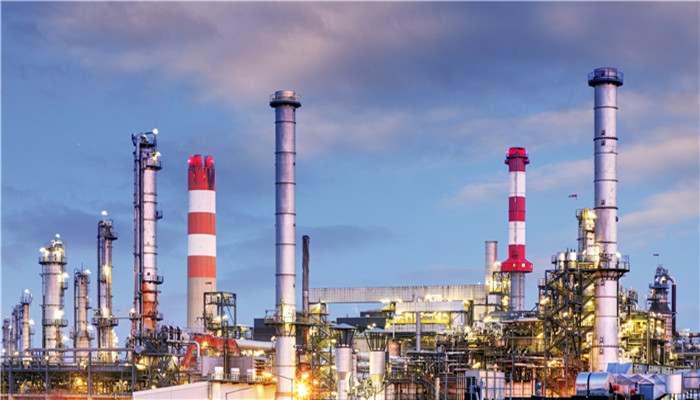
The anthraquinone industry has entered a mature stage and the market development space is small.
Anthraquinone, also known as 9,10-anthracenedione, is an organic compound and a synthetic natural dye. Anthraquinone is mainly used as an intermediate for the synthesis of advanced dyes, such as reactive dyes, vat dyes and acid dyes; it is used as a raw material for hydrogen peroxide or as a cooking agent in papermaking. Anthraquinone has a wide range of applications, but due to the slowdown in the development of downstream industries, the market demand for anthraquinone has tended to be stable.
In terms of production, the main production methods of anthraquinone include gas-phase fixed-bed oxidation, liquid-phase oxidation, phthalic anhydride method, carboxyl synthesis method, etc. In the early days, oxidation method was the main production process of anthraquinone, accounting for about 80% of the total anthraquinone output. However, due to the production limit of refined anthracene extracted from coal tar, the application of oxidation method has gradually decreased. Due to the rapid development of my country’s petrochemical industry, raw materials such as phthalic anhydride and benzene are sufficient, which is conducive to the application of the phthalic anhydride method. Therefore, since 2000, the phthalic anhydride method has been widely used in the production of anthraquinone, and synthetic anthraquinone has become a mainstream product in the market.
According to the “China Anthraquinone Dyes Market Feasibility Research Report 2021-2025” released by the Industrial Research Center, with the domestic coal With the development of the tar processing industry, my country’s tar rough processing capacity continues to grow, currently reaching 25 million tons/year, providing raw materials for the production of refined anthracene. In order to improve the coal tar processing industry chain, many companies regard the production of refined anthracene by oxidation as an important direction. Since this production method is environmentally friendly and pollution-free, the market share of oxidation anthraquinone is showing a growing trend.
my country is a major producer of anthraquinone. Anthraquinone is mainly used in the light textile industry. The current annual demand is about 160,000 tons/year. my country’s anthraquinones are mainly exported to overseas markets. Currently, about 40% of the anthraquinones produced by Nippon Chemical and Sumitomo Corporation are imported from my country or India. 62% of the anthraquinones required by the United States and Canada come from China, India and Western Europe. Globally, the United States no longer produces anthraquinone at all, and its market demand relies on imports. my country accounts for a relatively high proportion of US anthraquinone imports, at around 81%.
At present, my country’s total anthraquinone production capacity is approximately 120,000 tons/year, of which approximately 80,000 tons are formed anthraquinone and 35,000 tons are oxidized anthraquinone. In terms of long-term development, due to environmental protection policy restrictions, the development of synthetic anthraquinone is limited. With the growth of domestic anthraquinone deep processing enterprises, the supply of oxidized anthraquinone will continue to rise in the future.
Industry analysts said that anthraquinone is mainly used as a dye in the textile field, and the global textile industry has entered a mature stage and is gradually declining. The application demand of anthraquinone is limited and the growth space is small. In terms of production, there are currently two main types of anthraquinone in the market: oxidized anthraquinone and synthetic anthraquinone, of which synthetic anthraquinone accounts for a higher proportion. However, there are environmental protection restrictions in the production of this process. The output of synthetic anthraquinone may gradually decrease in the future, while the output of oxidized anthraquinone showing a growth trend. In the world, my country is the main producer of anthraquinone. Anthraquinone products are mainly exported to the United States. The domestic market is relatively mature and there are few opportunities for future development.

 微信扫一扫打赏
微信扫一扫打赏

